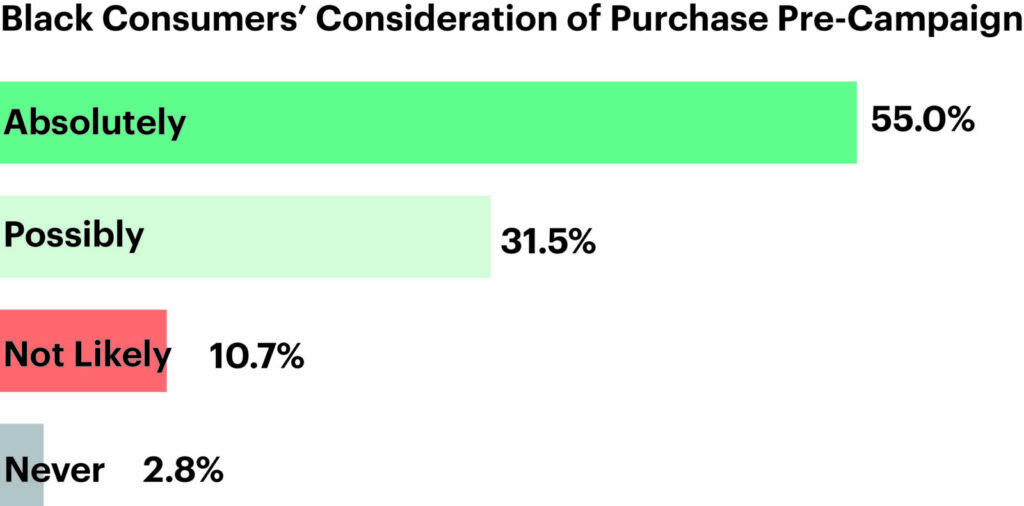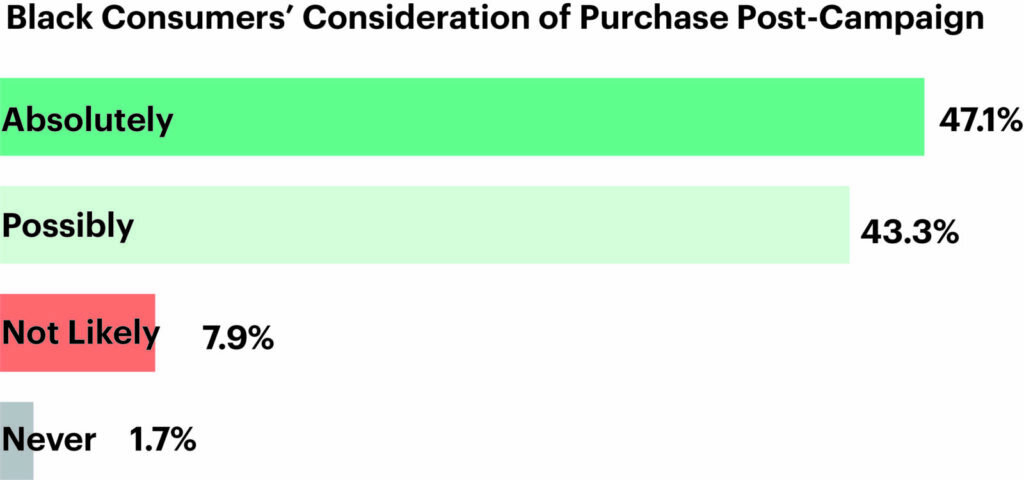Brief • 3 min Read

While Black children (19.3%) suffer from the chronic skin condition eczema more often than their white (16.1%) and Asian (7.8%) peers, they are also more likely to be left undiagnosed and untreated.
Medical professionals receive training from textbooks that disproportionately illustrate how skin conditions materialize within white, rather than minority, communities. According to one 2018 study, less than 5% of medical textbook images show conditions on darker-skinned individuals.
Unfortunately, skin pigmentation significantly impacts how eczema manifests, leaving some doctors stymied when they spot unexpected symptoms on minority patients. Eczema on white patients typically appears as a red, dry, itchy skin. On darker-pigmented persons, the condition typically appears dark brown, purple, or ashen grey. African Americans also often typically suffer from more severe versions of this skin condition, including more severe itch.
Aveeno raises awareness with its #SkinVisibility campaign
Prominent skin and hair care brand Aveeno stepped up to bring necessary eczema information to underserved minority communities with a #SkinVisibility campaign that launched during eczema awareness month (October 2021).
Aveeno empowered Black women to take control of their health, providing an “Eczema in Skin of Color” digital hub that explains the common signs of eczema and treatment. The brand aimed to help 100,000 “Eczema Warriors” find relief from this chronic condition within six months of the campaign launch.
Aveeno partnered with dermatologists, individuals suffering from eczema, and celebrities (including Tia Mowry-Hardrict) to spread awareness. In addition to the hub, Aveeno ran a series of online talks, and an Aveeno Baby’s “Eczema Equality” photoshoot. The content tells real stories of minority parents who struggled to find treatment for their babies with eczema.
Aveeno sees a bump in Black consumers
In trying to close the educational gap, Aveeno connected with Black consumers, showing that the brand cares about their experience within the health and wellness space, and is actively trying to level the playing field.
Using data from QuestBrand, we compared Aveeno’s consumer demographics pre- and post- campaign. While African Americans still make up a minority of Aveeno’s consumers, we see a slight increase (+1.5%) in African American consumers who report using Aveeno products. The overall percentage of Black consumers increased from 11.5% (pre) to 13% (post).

(Base: U.S. adults who use Aveeno products. Pre=7/1/21-9/30/21, n=1,798. Post=12/1/21-3/1/22, n=1,300.)
Purchase consideration among Black consumers familiar with the brand increased even more substantially. The percentage of Black consumers who reported that they would either “possibility” or “absolutely” consider purchasing products from Aveeno increased by 4% after the campaign launched (86.5% to 90.5%). The percentage of Black consumers who said that they were “not likely” or would “never” consider purchasing Aveeno products decreased almost 4% from 13.5% to 9.6%.

(Base: African American U.S. adults who are familiar with the Aveeno brand. 7/1/21-9/30/21, n=222.)

(Base: African American U.S. adults who are familiar with the Aveeno brand. 12/1/21-3/1/22, n=237.)
Other brands can learn from Aveeno’s campaign success, tailoring their messaging and marketing to traditionally overlooked and underserved communities. Aveeno worked hard to provide health information that is typically unavailable to Black communities, empowering them to help themselves where the medical community has failed them. Providing this level of attention and care can go a long way in developing a loyal customer base.
Subscribe for more Insights
Subscribe to our newsletter for the latest trends in business, politics, culture, and more.
Related Content









